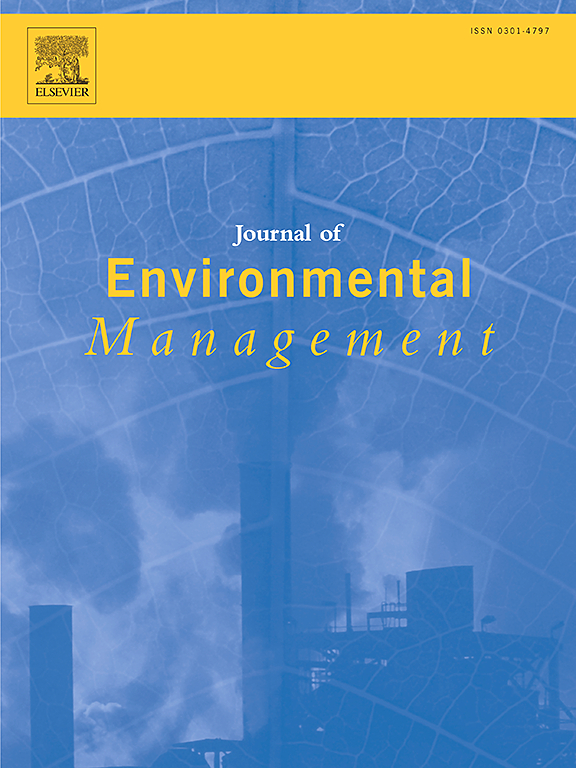Automatic detection of forest management units to optimally coordinate planning and operations in forest enterprises
IF 8
2区 环境科学与生态学
Q1 ENVIRONMENTAL SCIENCES
引用次数: 0
Abstract
Mountain forests provide not only wood as a raw material but also numerous ecosystem services, such as protection against natural hazards, recreation and carbon sequestration, and they are important hosts for biodiversity. To manage these forests efficiently and in a target-oriented manner, both forest management planning and efficient harvesting operations are required. However, in most cases these two aspects are handled independently from each other. To link planning with forest operations, it is essential to divide forests into smaller areas with characteristics that are as homogeneous as possible, so-called forest management units (FMUs). The goal is that each FMU has self-contained fine access (e.g. skid roads, cable roads), and that the FMUs can be managed and planned independently. The aim of this study was to develop a spatial optimisation model that automatically identifies FMUs. The optimisation has three goals: [I] FMUs should be as compact as possible (spatially contiguous as the best case); [II] forest management should be technically and operationally coordinated within an FMU; and [III] FMUs should be as homogeneous as possible, for example regarding site properties, ecosystem service provided, and administrative affiliation. Results showed that our presented spatial optimisation model is a capable method for automatically identifying FMUs. The approach used to set up the model based on a p-median problem formulation (mixed integer linear programming) led to clearly comprehensible solutions that can be achieved in a reasonable computation time. Three solving strategies for successful computation implementation are described. Although the raw results must be reviewed by experts, they facilitate the planning process. More scenarios can be evaluated compared with the classical manual planning approach, ultimately leading to higher-quality solutions.
自动检测森林管理单位,优化协调林业企业的规划和运营。
山区森林不仅提供木材这种原材料,还提供许多生态系统服务,如抵御自然灾害、娱乐和碳封存,它们还是生物多样性的重要栖息地。为了以目标为导向有效地管理这些森林,需要进行森林管理规划和高效的采伐作业。然而,在大多数情况下,这两方面的工作是相互独立的。为了将规划与森林作业联系起来,必须将森林划分为具有尽可能相同特征的较小区域,即所谓的森林管理单位(FMU)。目标是每个 FMU 都有独立的精细通道(如滑行道、缆车道),并且 FMU 可以独立管理和规划。本研究的目的是开发一个空间优化模型,用于自动识别 FMU。优化有三个目标:[I] 森林管理单位应尽可能紧凑(最佳情况是空间毗连);[II] 森林管理应在一个森林管理单位内进行技术和业务协调;[III] 森林管理单位应尽可能同质,例如在地点属性、提供的生态系统服务和行政隶属关系方面。结果表明,我们提出的空间优化模型是自动识别森林管理单位的有效方法。基于 p 中值问题(混合整数线性规划)的模型建立方法,可以在合理的计算时间内得到清晰易懂的解决方案。本文介绍了成功实施计算的三种求解策略。虽然原始结果必须经过专家审核,但它们有助于规划过程。与传统的人工规划方法相比,可以评估更多的方案,最终获得更高质量的解决方案。
本文章由计算机程序翻译,如有差异,请以英文原文为准。
求助全文
约1分钟内获得全文
求助全文
来源期刊

Journal of Environmental Management
环境科学-环境科学
CiteScore
13.70
自引率
5.70%
发文量
2477
审稿时长
84 days
期刊介绍:
The Journal of Environmental Management is a journal for the publication of peer reviewed, original research for all aspects of management and the managed use of the environment, both natural and man-made.Critical review articles are also welcome; submission of these is strongly encouraged.
 求助内容:
求助内容: 应助结果提醒方式:
应助结果提醒方式:


